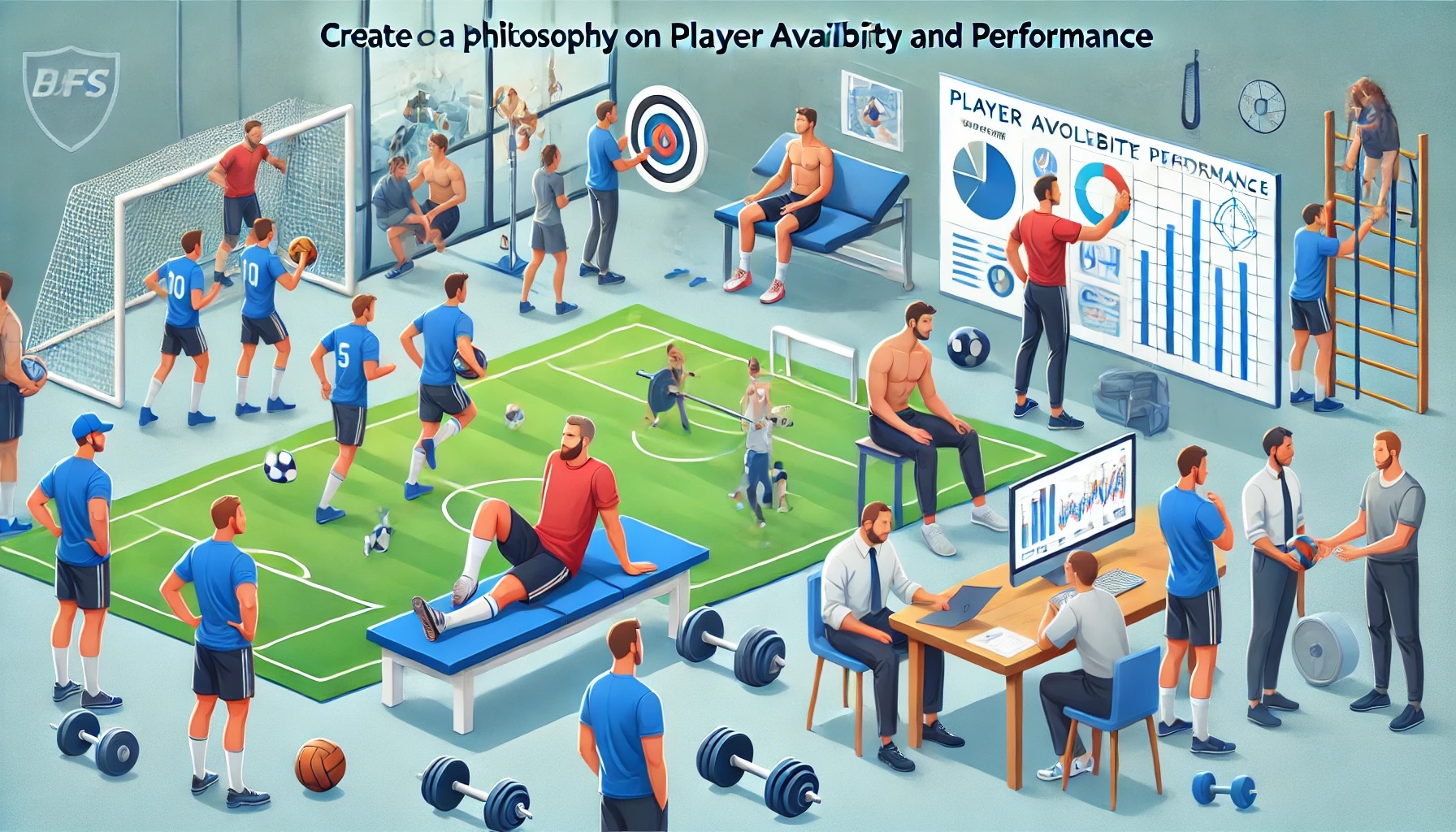Recently, I met with Randy Waldrum, Head Coach of the Houston Dash, to discuss planning for preseason training. Our preseason begins March 14, with our first league match in April 16. This gives us about 5 weeks of formal preseason training, including a week long trip to Portland and two scrimmages against college teams. As we met and stated to plan, I came up with 5 things that we considered when developing our plan.
- Duration of training camp
The duration of the training camp in days and weeks gives you an idea of how much training your team will be able to complete. Most teams have 3-4 weeks of preseason preparation. It is important to periodize the training loads, but at the same time ensure that tactical topics are covered. Mapping out the preseason training schedule by day on a spreadsheet helps to visualize the preparation time available.
- Spacing of friendlies
It is definitely appropriate to have training matches during the preseason, both to assess the team’s progress and to prepare players for match play. The most efficient method of scheduling is to play the friendlies in the same timeframe as league matches. This will allow you to quickly settle into a weekly training routine that mimics the regular season.
- Focussed fitness sessions
A common mistake made during preseason training is the mismanagement of training load applied to the team. By training load, I mean the stress that the players are exposed to based on session intensity. Often times preseason training is implemented with multiple sessions in the same day, or with sessions designed to maximally push the players to exhaustion. I fell victim to his approach in my early days as a coach, with the intention of increasing my players’ fitness levels as quickly as possible. The problem is that recovery is as much a part of fitness improvement as is the high intensity work, and with multiple daily sessions in a short period of time, recovery may not be possible.
During planning, there should be focussed fitness sessions consisting of high intensity interval training, but these sessions should be spaced appropriately to allow proper recovery. When planning, consider the 48 hour rule, which states that muscle soreness will be at a peak about 48 hours after an intense session. Therefore, plan your focussed fitness sessions so they are spread by at least 72 hours (3 days) to allow optimal recovery.
- All around training focus on energy systems
When creating the focussed fitness sessions, focus on activities that stress different energy systems. Most simply, the body uses different energy systems for explosive short duration activities (15 seconds or less), medium duration activities (20 – 60 sec), or long duration (90 sec or longer). These energy systems respond specifically to training, although there is overlap. Make sure you incorporate activities that have varying durations to allow energy system specific training.
- Training to increase Ventilatory Threshold
Many soccer coaches are interested in their players’ aerobic capacity, which is commonly quantified by their VO2 maximum. The problem is that while aerobic capacity is somewhat important to soccer players, ventilatory threshold is more important. The ventilatory threshold is the work intensity at which the energy system used switches from primarily aerobic to primarily anaerobic. As soon as the energy system relied upon becomes anaerobic, fatigue develops quickly, requiring rest. If we can increase our players’ ventilatory threshold, intensity levels (which are related to running speed) which were at one time anaerobic become aerobic. This allows our players to continue at a longer time at that intensity, or to recover faster between activities.



